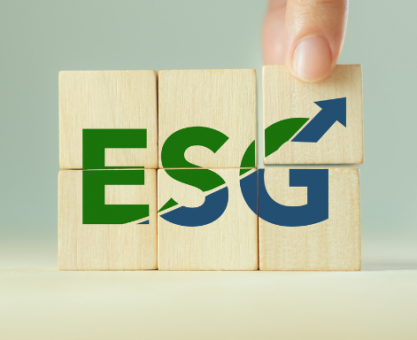Executive Summary
-
Green bonds are becoming a pivotal component in sustainable finance, offering a mechanism for funding eco-friendly projects.
-
Innovations in green bond structures are enhancing transparency, accountability, and investor confidence.
-
Emerging markets are witnessing a significant rise in green bond issuances, contributing to global sustainability goals.
-
Regulatory frameworks are evolving to support the integrity and growth of the green bond market.
Introduction
In a world increasingly focused on sustainability, the financial industry is stepping up with innovative solutions like green bonds. These instruments go beyond just funding projects—they are actively shaping the transition toward a low-carbon economy. For investors, corporates, and startups, understanding green bonds is essential to align financial returns with environmental impact. This article explores the future of green bonds, highlighting innovations that are driving sustainable finance globally.
Definitions / Context
Green bonds are fixed-income instruments specifically earmarked to fund environmentally friendly projects. Proceeds are used exclusively for initiatives such as renewable energy, pollution prevention, sustainable water management, and climate change adaptation.
Benefits / Pros
-
Environmental Impact – Directly supports projects aimed at combating climate change and preserving natural resources.
-
Investor Appeal – Attracts ESG-focused investors who prioritize environmental impact alongside financial returns.
-
Corporate Reputation – Demonstrates a company’s commitment to sustainability, improving brand image and stakeholder trust.
-
Policy Advantages – Many governments and regulatory bodies offer benefits such as tax breaks or expedited approvals to green bond issuers.
Risks / Cons / Challenges
-
Certification Costs – Verifying and certifying the ‘green’ nature of projects can involve high administrative and consultancy costs.
-
Greenwashing Risks – Without stringent standards, some issuers may exaggerate environmental claims.
-
Market Fluctuations – Subject to typical bond market risks like interest rate volatility and inflation pressures.
-
Compliance Complexity – Navigating various national and international green bond standards can be resource-intensive, especially for SMEs and emerging market participants.
Step-by-Step Process: Issuing a Green Bond
-
Project Identification – Select qualified environmental projects aligned with international green bond standards.
-
Framework Creation – Develop a green bond framework detailing the use of proceeds, evaluation, and impact reporting.
-
Third-Party Review – Get the framework verified or certified by an accredited independent reviewer.
-
Bond Issuance – Launch the bond on financial markets with the assistance of underwriters and advisors.
-
Ongoing Reporting – Disclose how proceeds are allocated and report on the environmental outcomes annually.
A major European utility company issued a €1.5 billion green bond to finance the expansion of its wind and solar energy portfolio. The bond was significantly oversubscribed, attracting both institutional and retail investors. Transparent reporting practices, third-party verification, and clearly defined sustainability metrics played a critical role in its success. Within two years, the company reported a measurable reduction in CO₂ emissions and a 40% increase in clean energy output—strengthening both its ESG profile and investor confidence.
— Enel S.p.A.
Expert Tips / Strategic Insights
-
Follow the Green Bond Principles – Aligning with frameworks like the ICMA Green Bond Principles boosts legitimacy.
-
Use Blockchain for Tracking – Blockchain-based solutions ensure transparent fund allocation and traceability.
-
Engage Stakeholders Early – Consult investors, environmental experts, and internal teams from the beginning to align expectations.
-
Diversify Projects – Include a mix of renewable, infrastructure, and conservation projects to appeal to a broader investor base.
Tools / Resources / Calculators
-
ICMA Green Bond Principles – Global guidelines for issuing green bonds.
-
Climate Bonds Initiative – Certifies green bonds and provides market intelligence.
-
Impact Reporting Tools – Helps issuers disclose the environmental results of their funded projects.
-
Epiidosis Green Advisory – Tailored support for SMEs and startups entering the green bond market.
Conclusion
Green bonds are revolutionizing how capital flows into environmental initiatives. They not only provide a new asset class for investors but also offer a reliable funding mechanism for climate-positive projects. As the market matures, innovations in reporting, transparency, and technology will continue to improve the credibility and impact of green bonds. For businesses looking to lead in sustainable finance, now is the time to explore this dynamic tool.






















